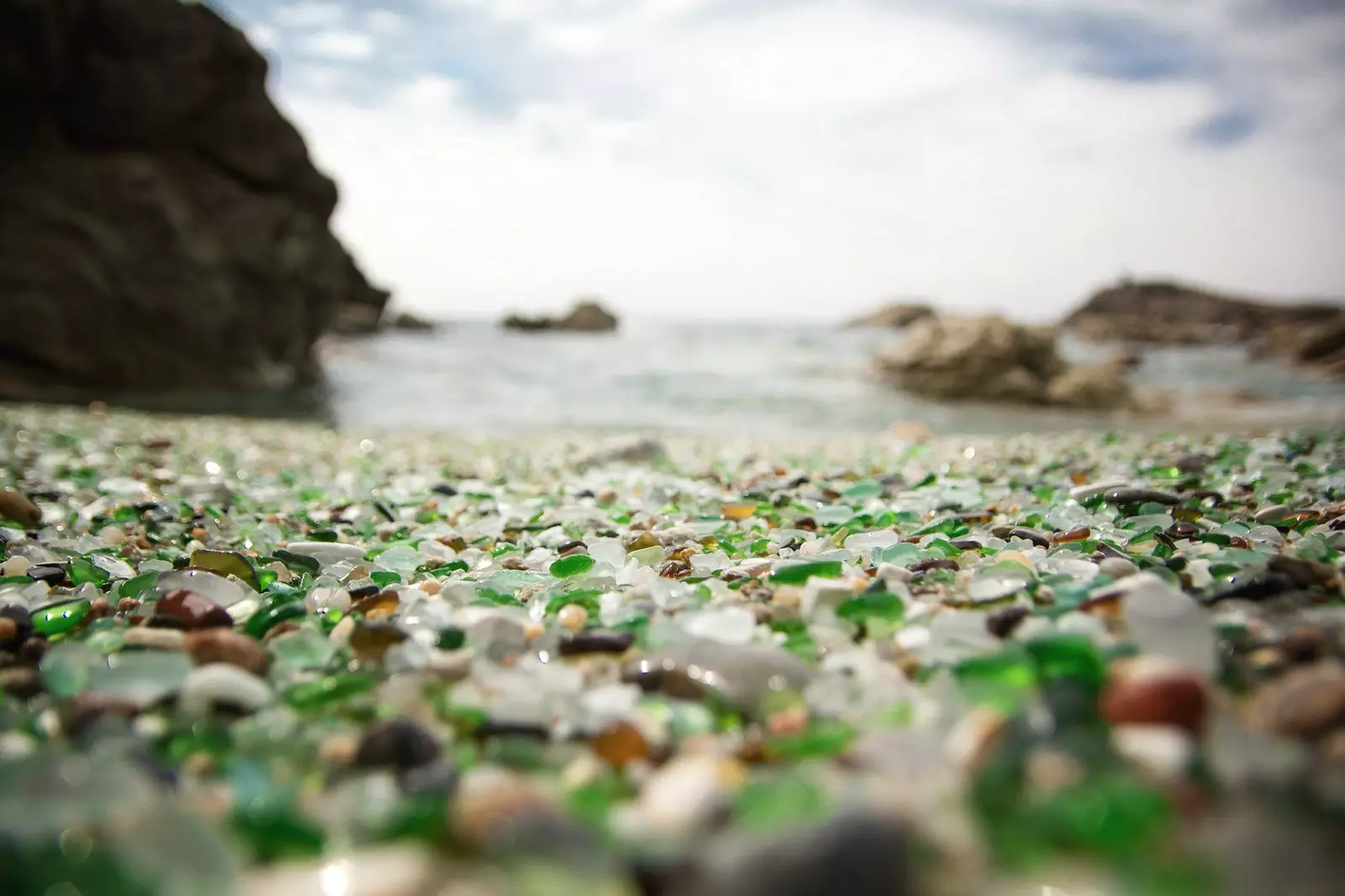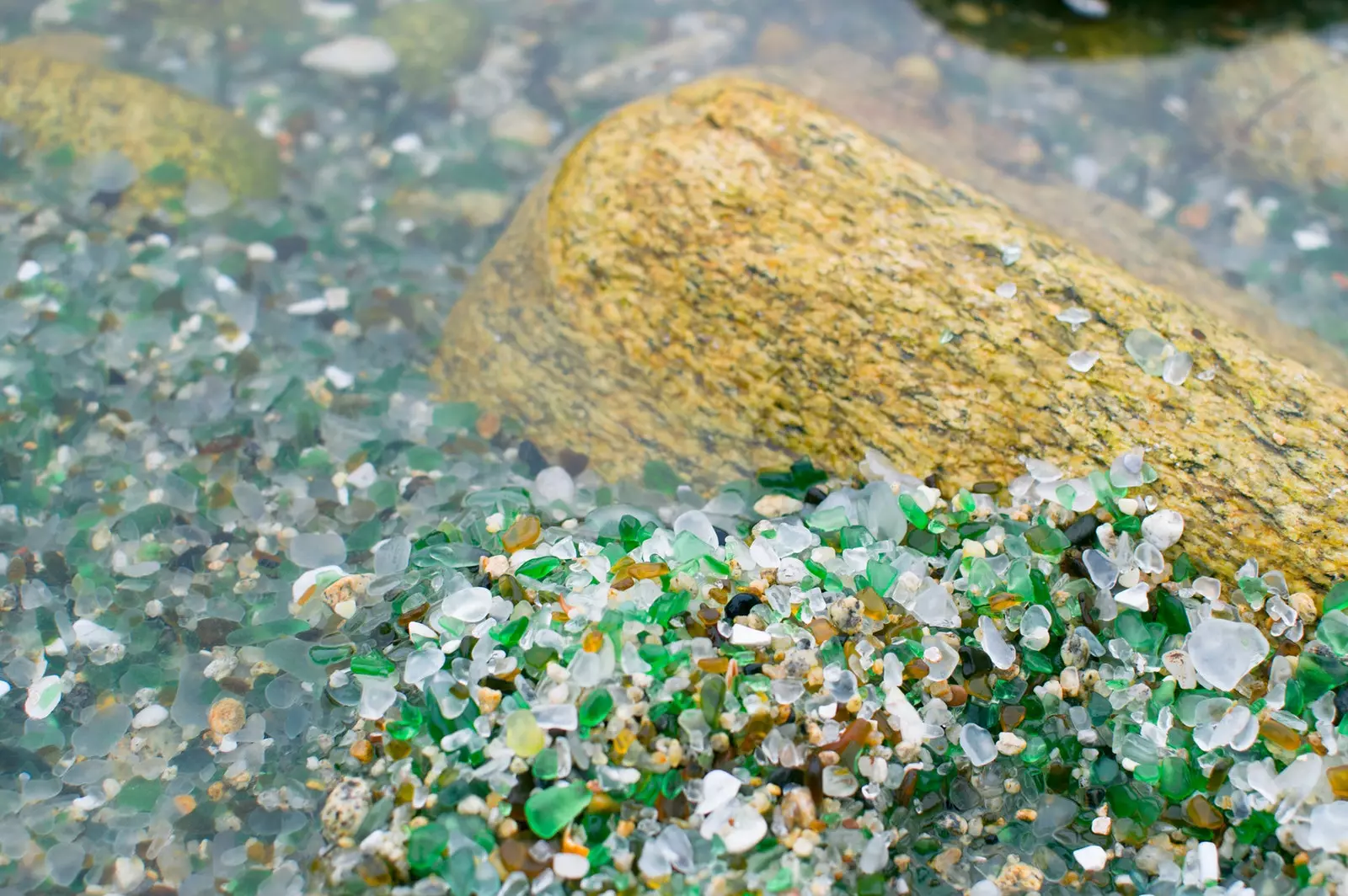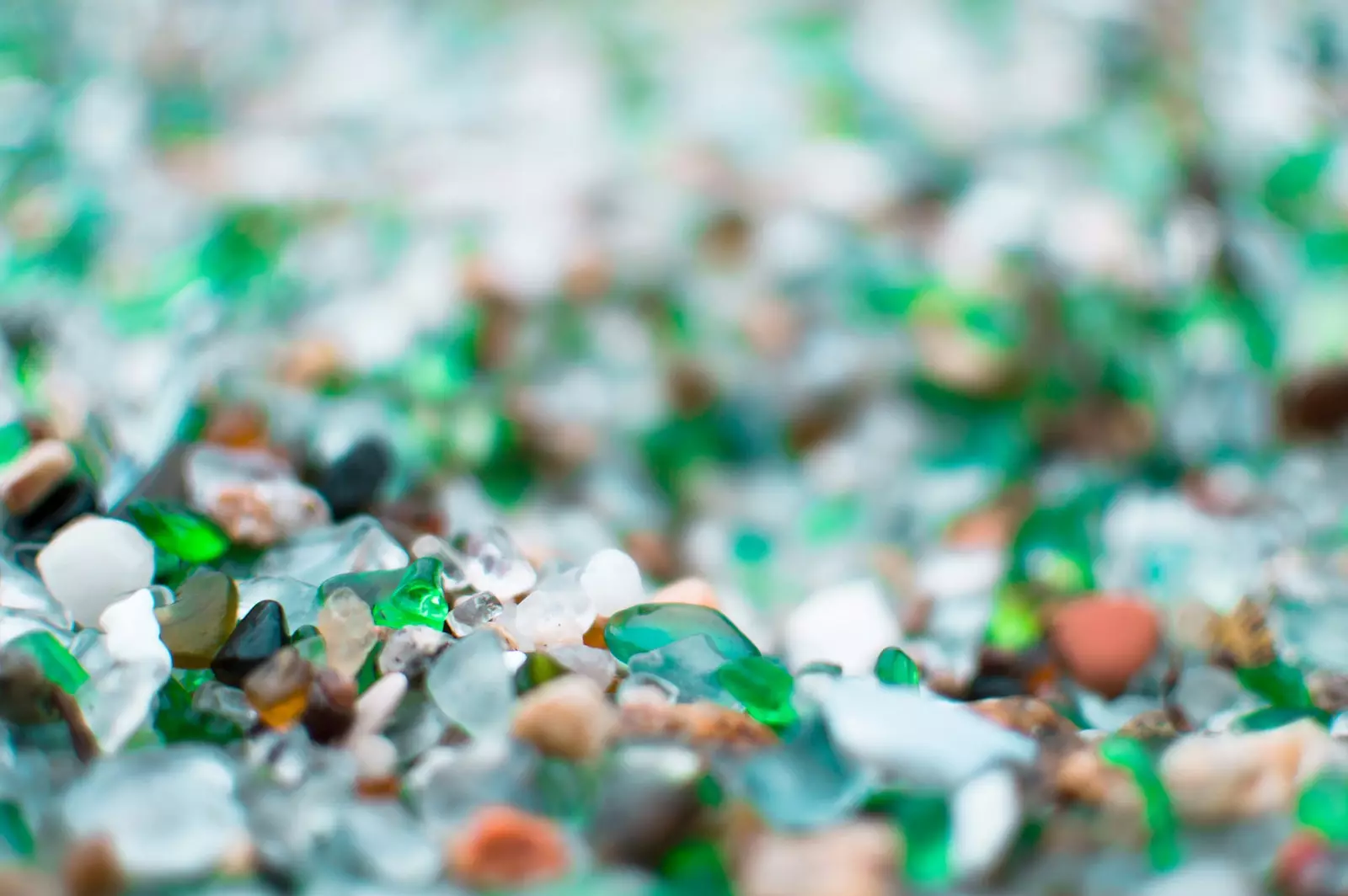
The history of the crystal beach of Laxe, in A Coruña
From landfills we made beaches . As if an entire town decided, as absurd as it sounds, to look the other way and make a corner facing the sea, a green container . But you can't say what these muds are about those muds. If the sea seems unknown to us, we will seem even more unknown to it.
because when in lax they did the same thing - throwing bottles into the sea -, over the years this gave them back a beach with colored sand . It is not suitable for swimming - the currents are terrible - but it is not allowed to take the stones either. That said, you look, but you don't touch.
It is not that in Galicia we want to be different: old landfills converted into spectacular beaches exist in other parts of the world. Near Fort Bragg, in Mendocino County, California, is the Glass Beach , once a garbage dump into which bottles, electrical appliances and even vehicles were thrown, which were then burned when things got ugly, today it is an unclassifiable place.
Or in Asturias, south of Luanco, there is the Bigaral beach, now known as the beach of crystals, which was also a garbage dump.

Everything we throw into the sea, the sea will return
The same happens with the Russian beach of the Ussuri Bay, in the Primorsky region , which was in the past a dump for glass and porcelain bottles from a nearby company. Today many users describe it as paradise on earth because of its strange landscape: they hope to find a pigsty and not a colorful beach with clear, turquoise water.
It is located west of Cape of Laxe , on the Baleeira Cove , name of whaling past. Before it had another name, Areal two boots . The botiño -in Galician- is the bottlenose or bottlenose dolphin, like the one in Delphi and his friends , the best known of the dolphins, the one that they say is the most intelligent after humans, and that is frequently seen along the coast.
East Galician sandy area is just below the cemetery, from which a rehabilitated path to access the beach . And it could have been more spectacular than it already is. The Xunta de Galicia began its cleanup in 2004 but, due to pressure from neighbors and environmental associations, it stopped. But the cleaning tasks came to remove half of the crystals and there was no way to restore them. They were also joined by a planetary phenomenon.

The history of the crystal beach of Laxe, in A Coruña
For four years, from 98 to 2002 , the series was broadcast on television Spring tides , shot almost entirely between Laxe and Corme, supporting young figures such as Luis Tosar, Isabel Blanco, Luis Zahera or Carlos Blanco.
In fact, one of his characters dies on that same beach, that of Curras, played by Miguel de Lira, who trying to save his worst enemy from drowning, Taracid -played by Víctor Mosqueira- is saved and Currás goes to the bottom of the sea -in Galicia, you know, the drama and the epic are always on the table-. From the cast to the neighbors they wanted to leave it as it was, because it was already part of the local landscape.
BEYOND THE CRYSTALS
Since we are in a Gallic town, do what you see . In addition to Laxe, with its stone and gallery fishermen's houses, its port and its beach, the area has excuses, such as a good Excursion has amazing coal Dombate dolmen, something like a cathedral from the Neolithic era, located in the municipality of Cabana de Bergantiños, in the parish of Borneiro, eleven kilometers from Laxe.
Or take a walk along the beaches of Traba or Soesto . And as a finishing touch, you should know that Laxe has an estuary, and shares it with Corme, which has, to the north, the O Roncudo area , famous for its barnacles This entire area belongs to the so-called Costa da Morte due to the multitude of shipwrecks that occurred, the strong currents and the extreme risk involved in the work of the percebeiros.
You know, things of life and death. Ironies of drama and retaliation, the glass that the beach has is made from silicon dioxide (SiO2), which is the basic component of sand. I said, drama and epic. From dust you came, to dust you will return, but do not even think about taking a souvenir as a souvenir.
